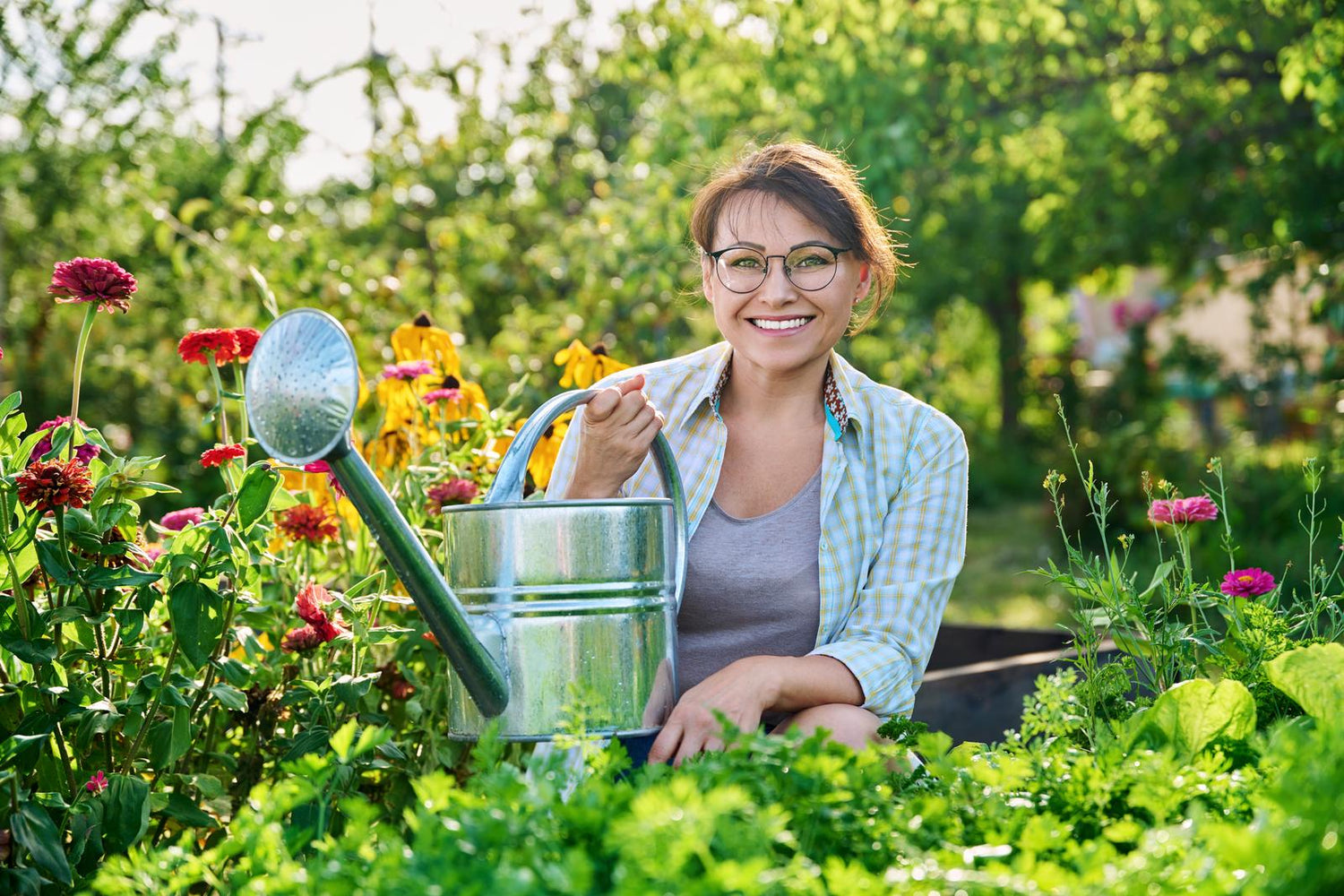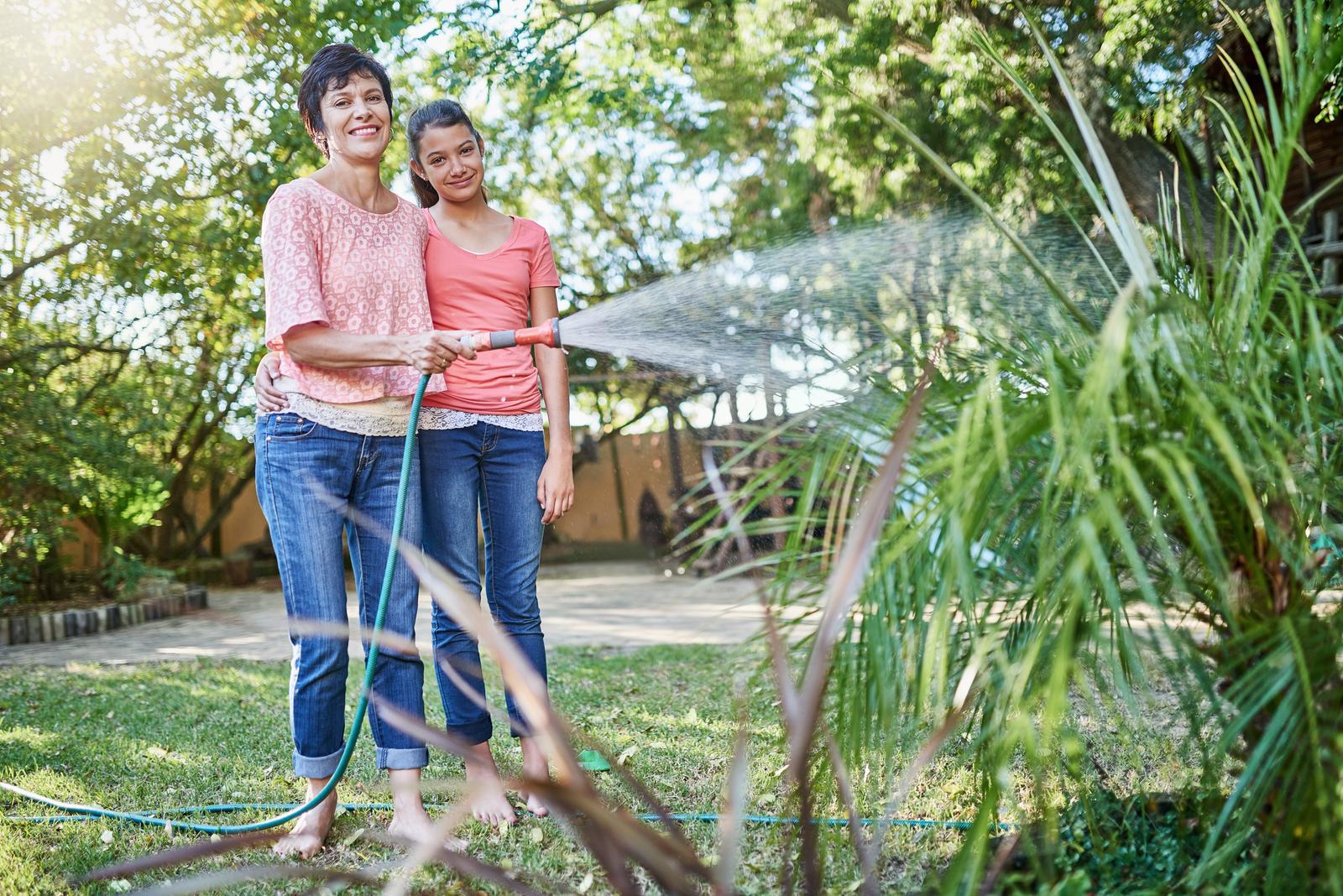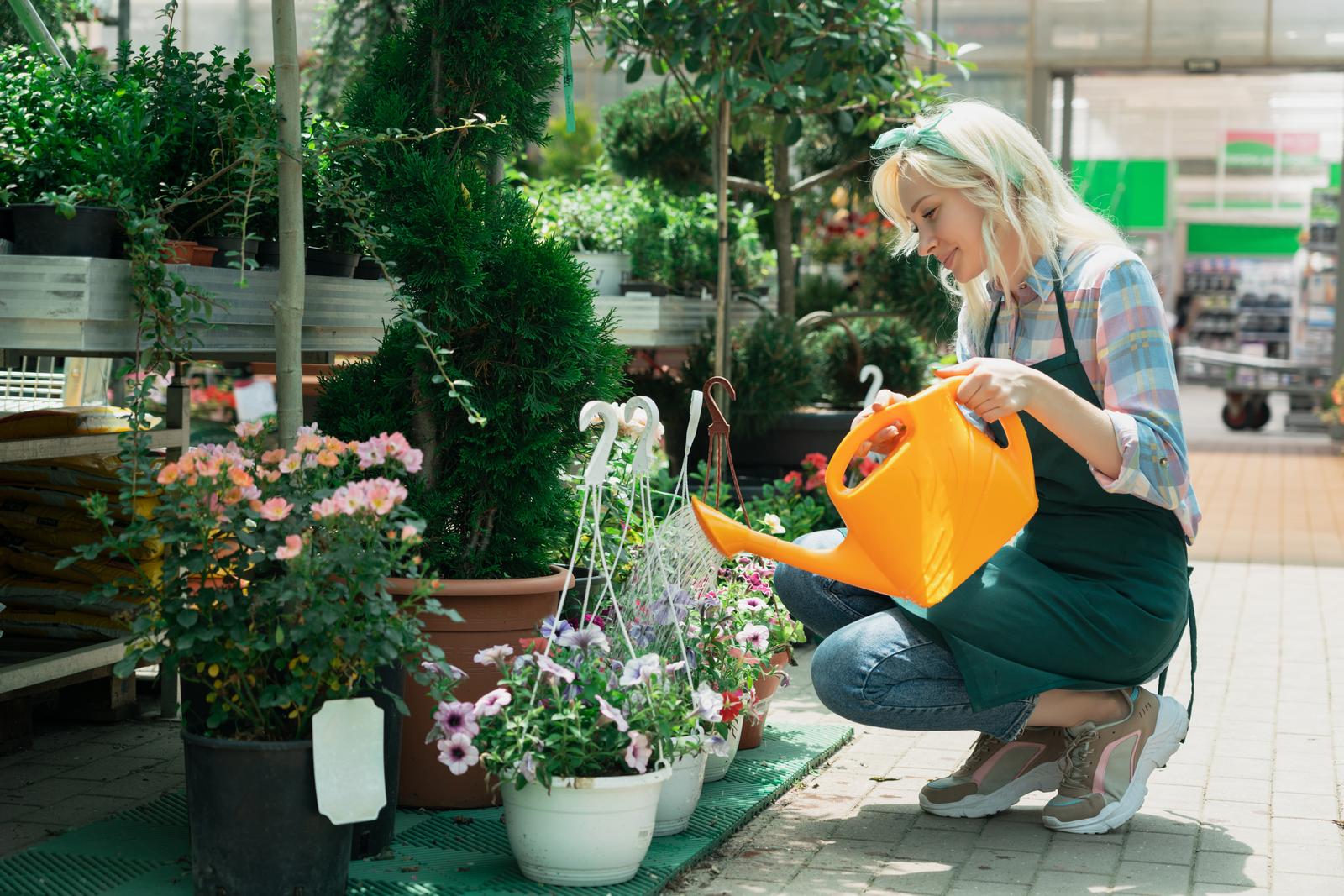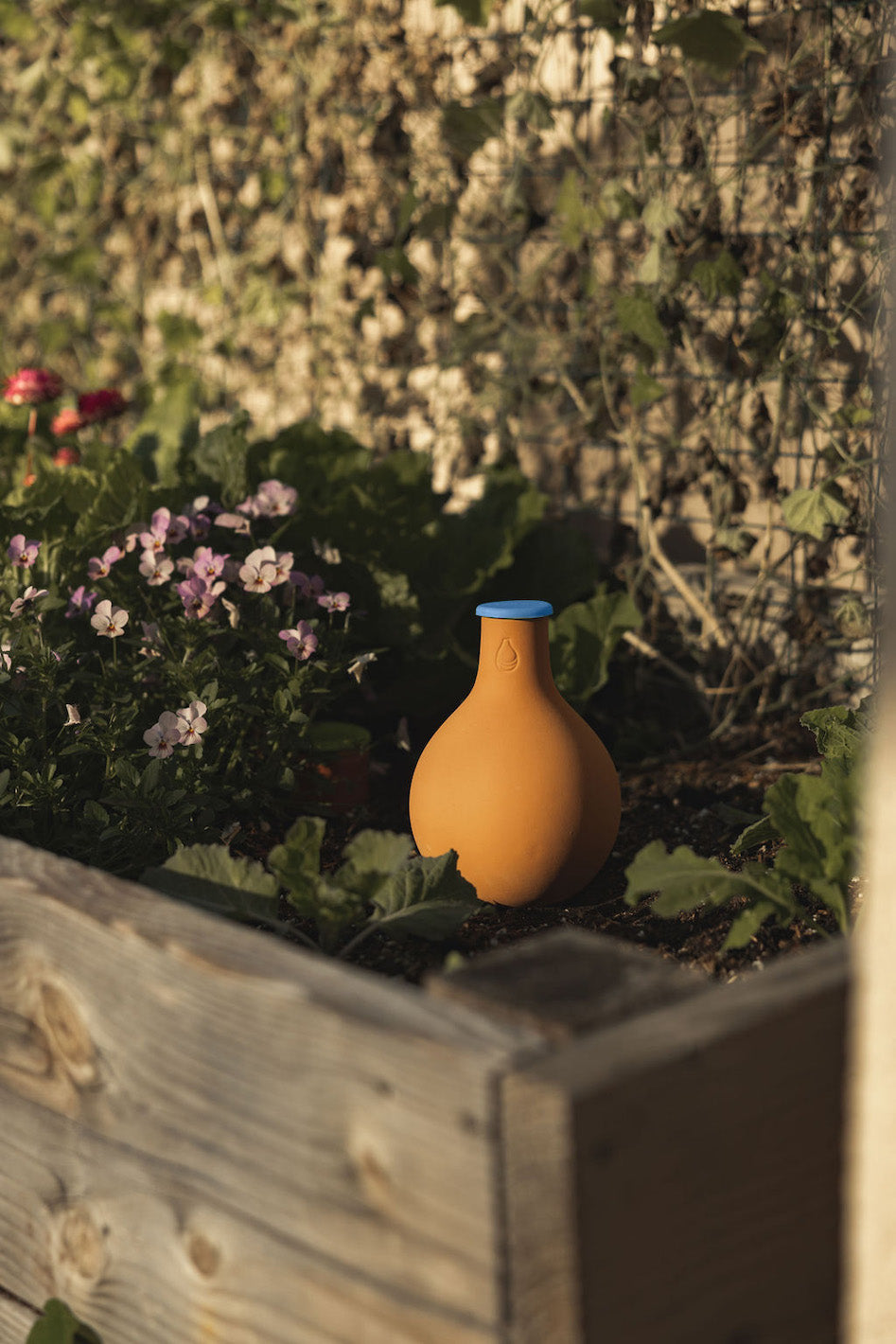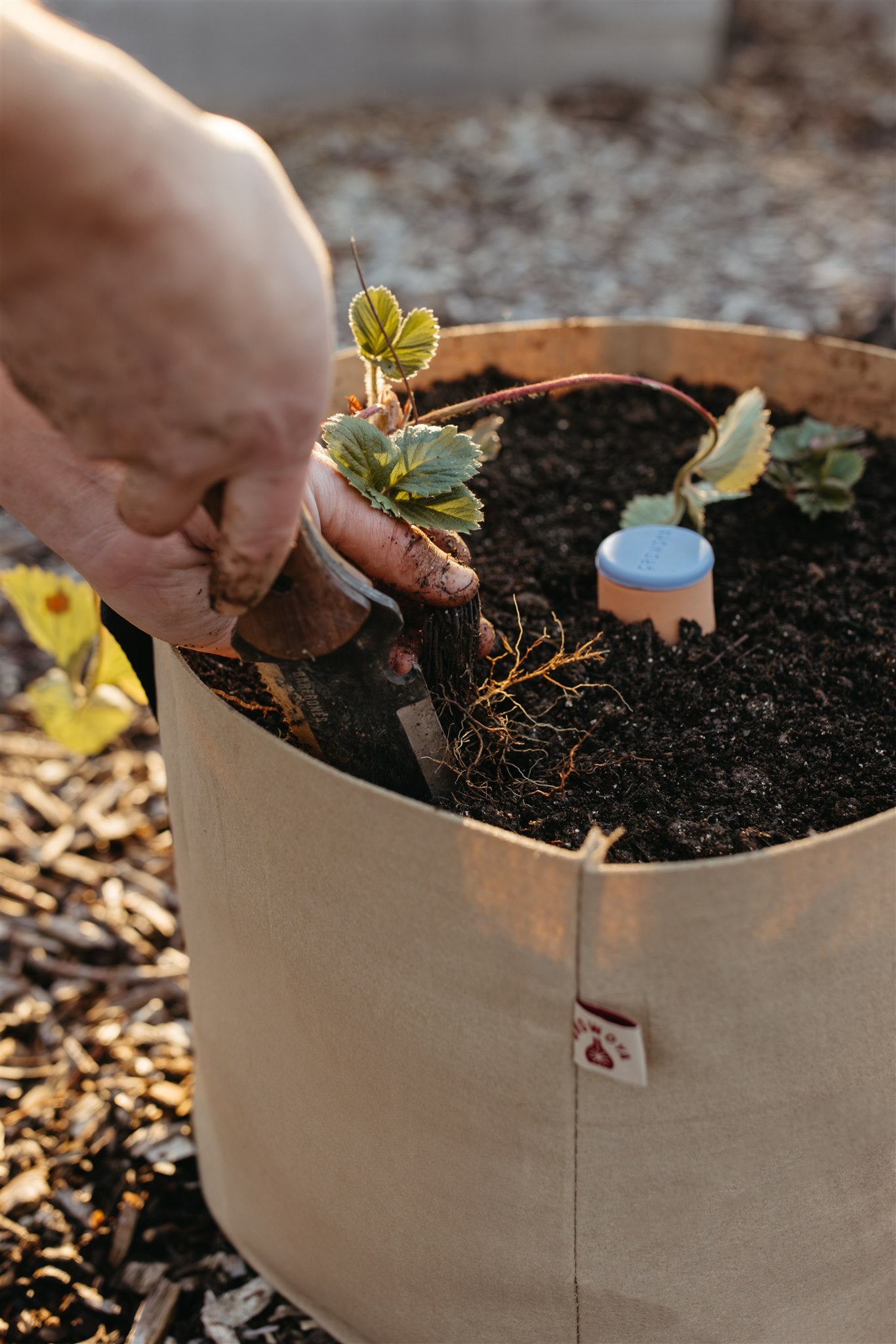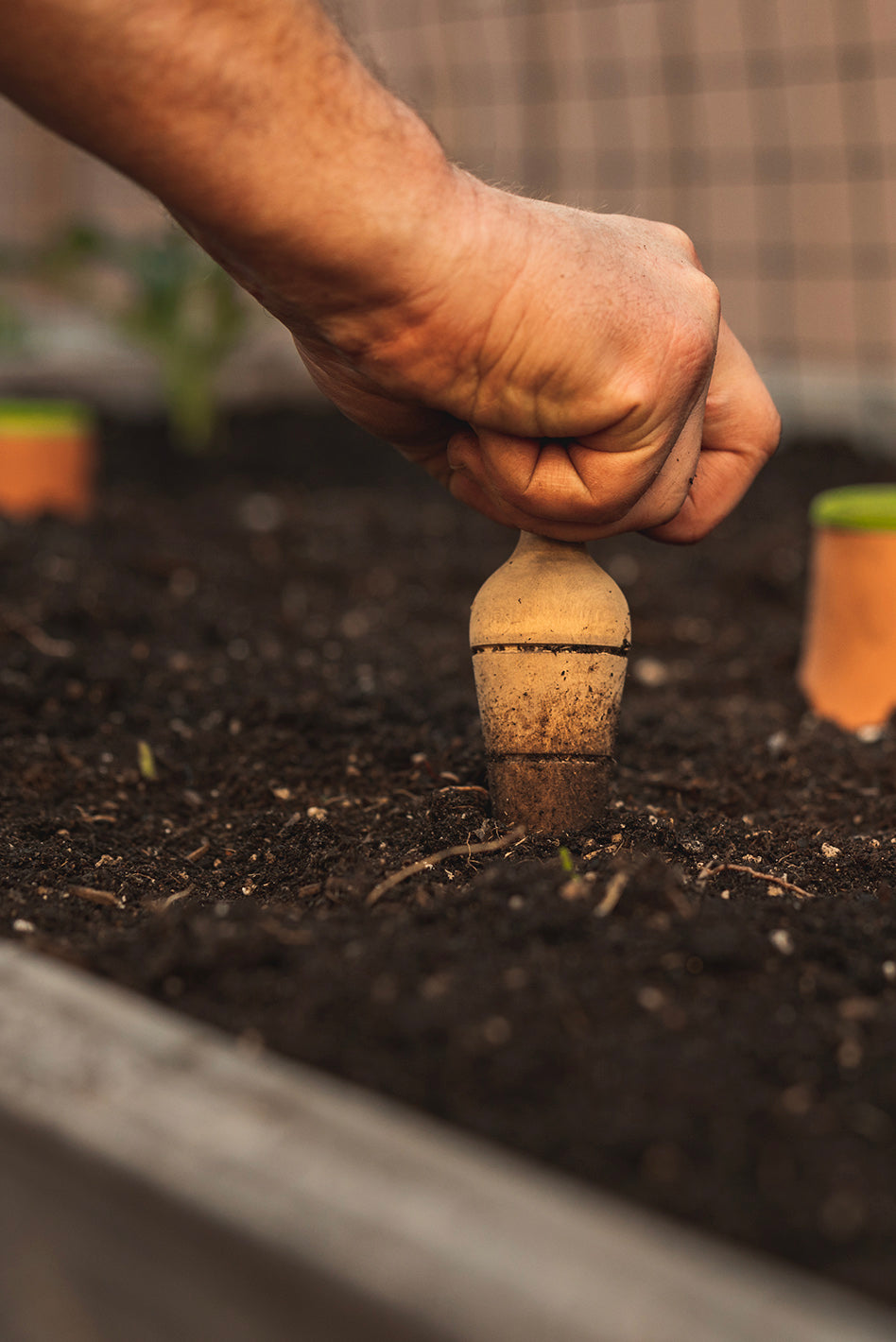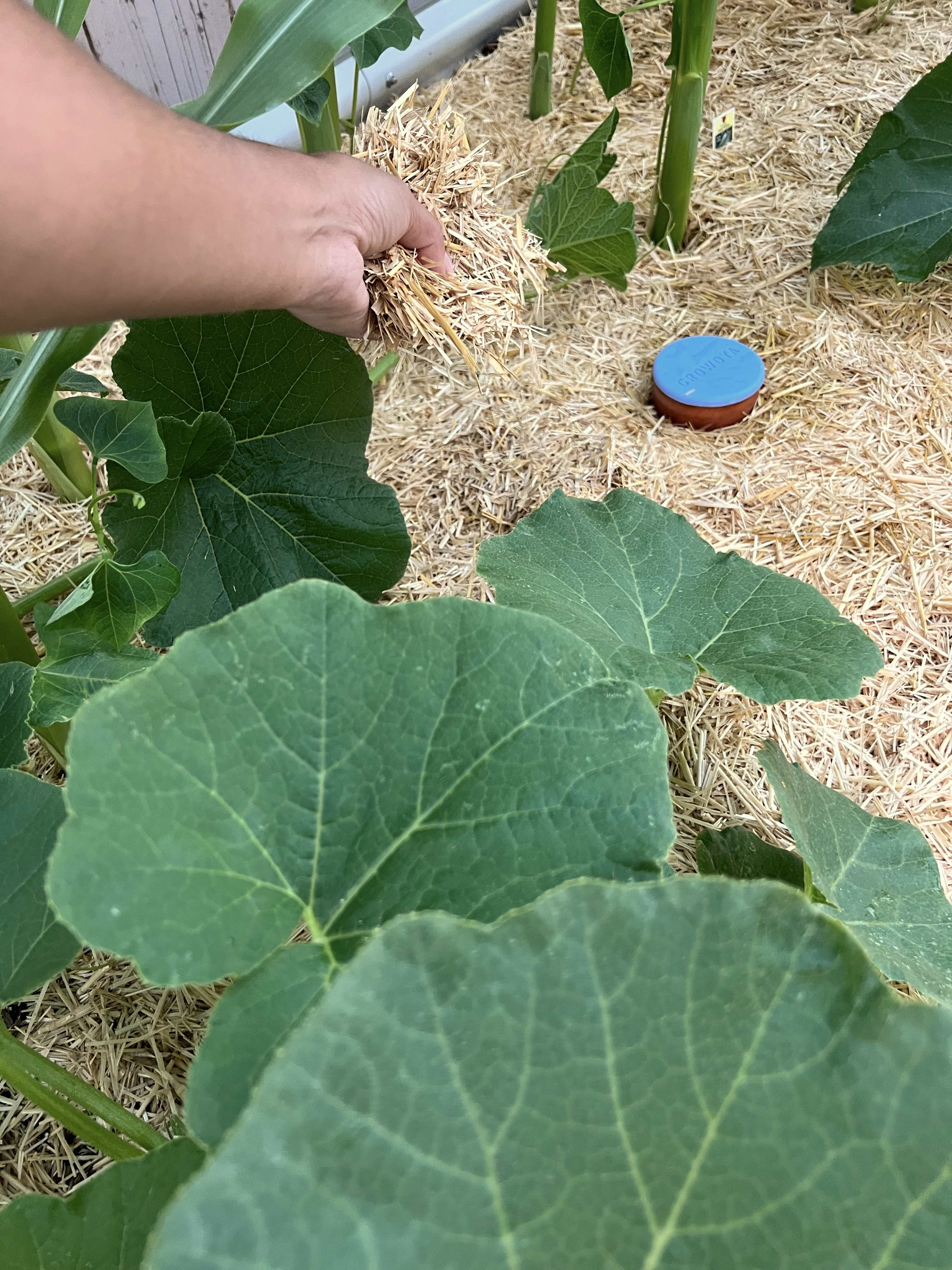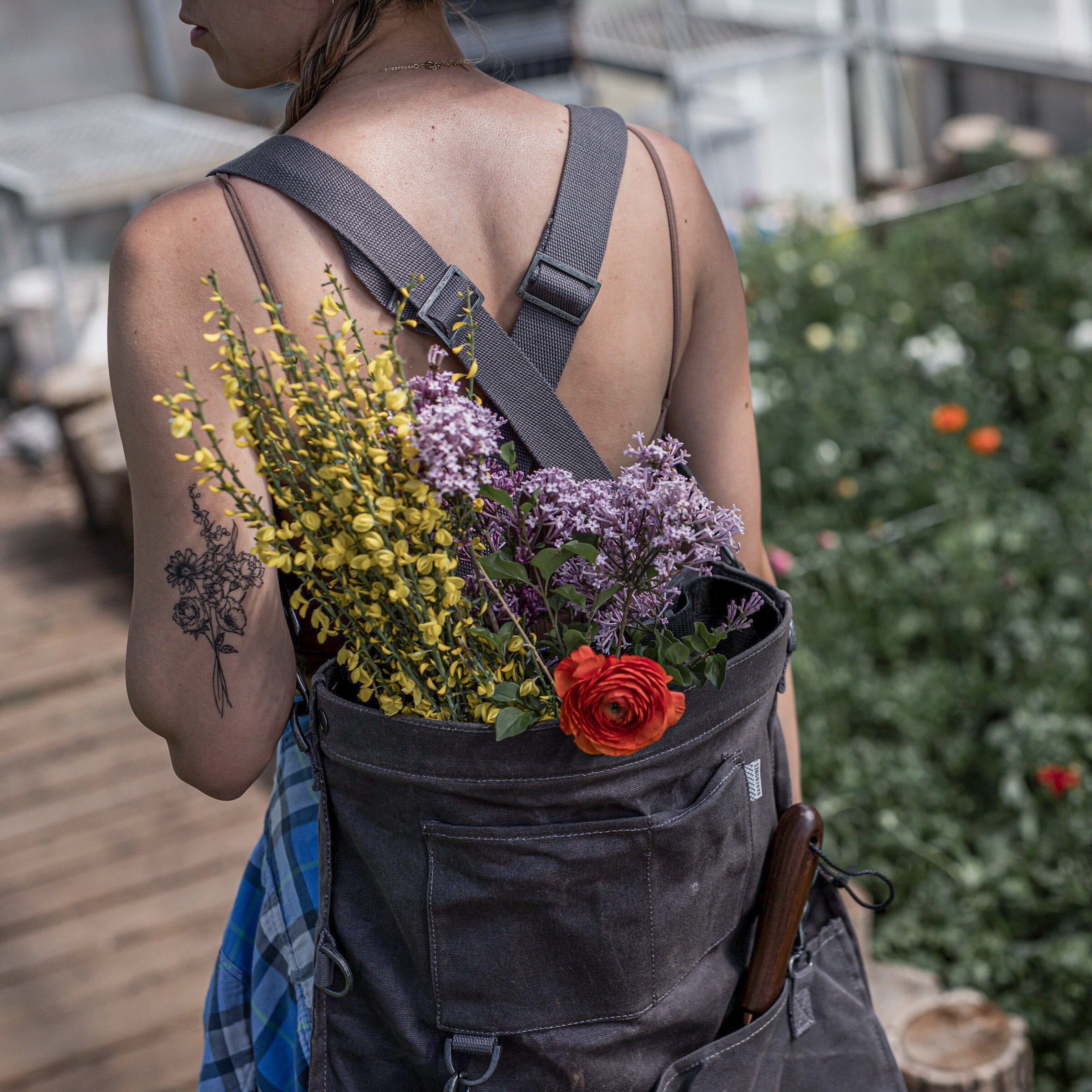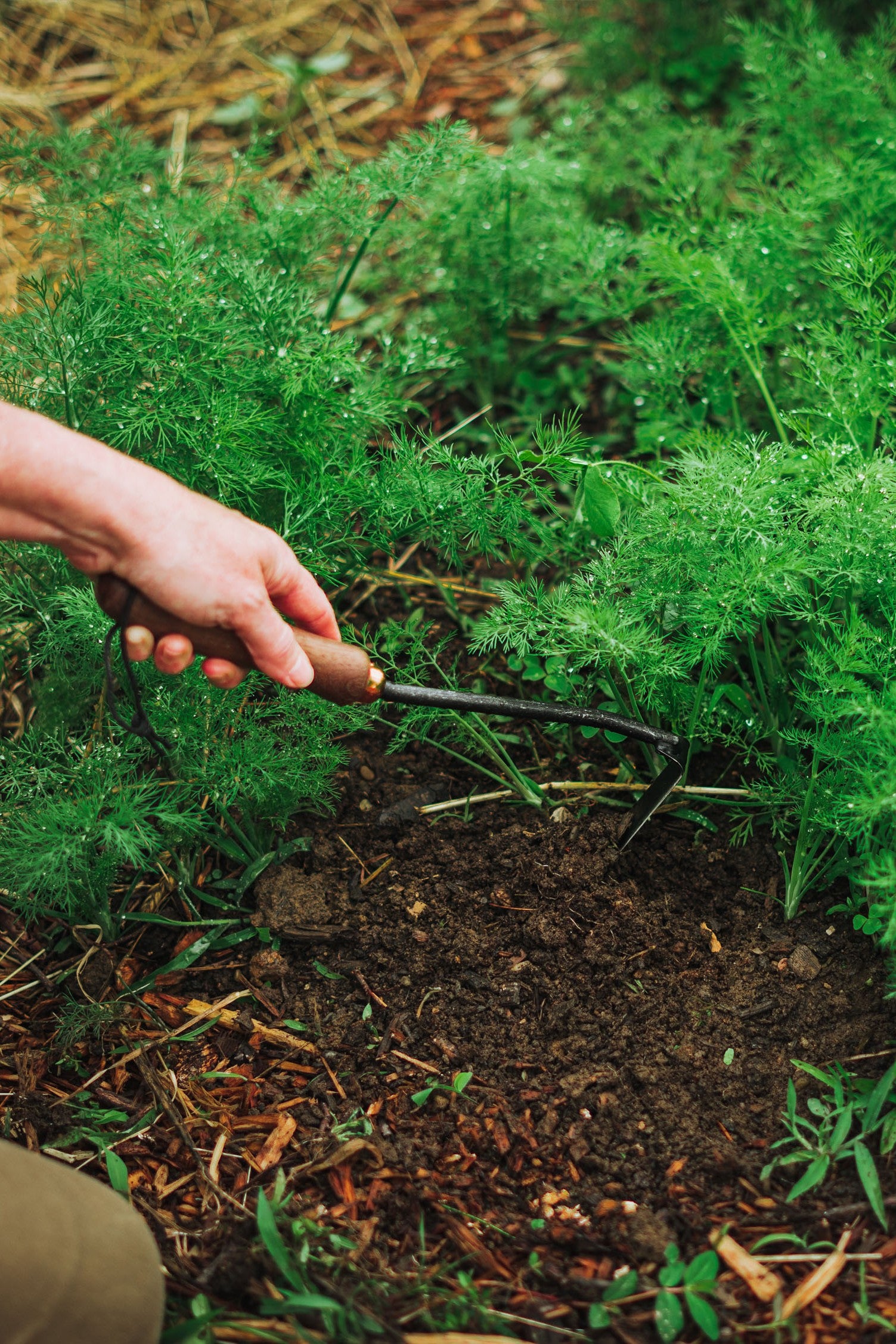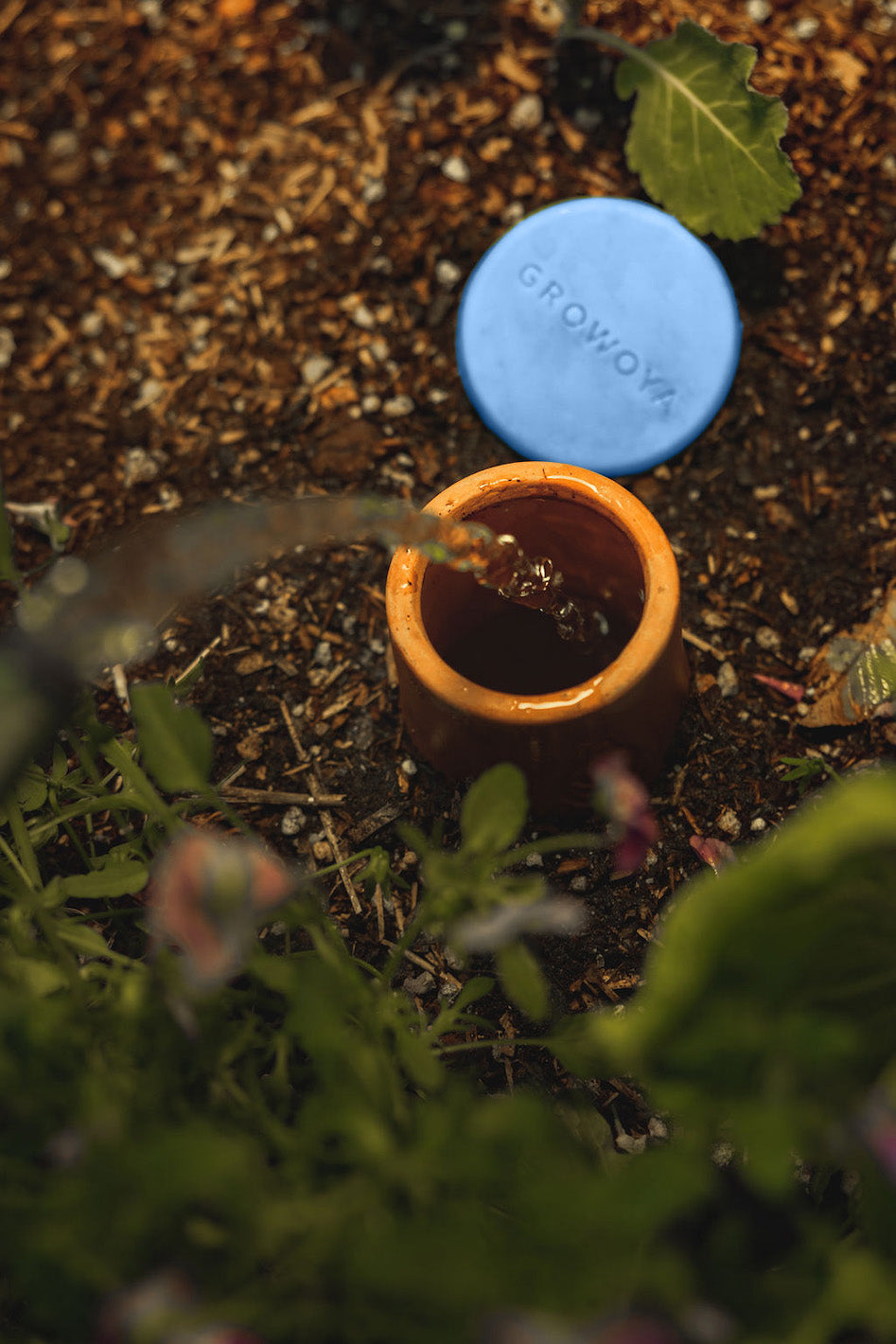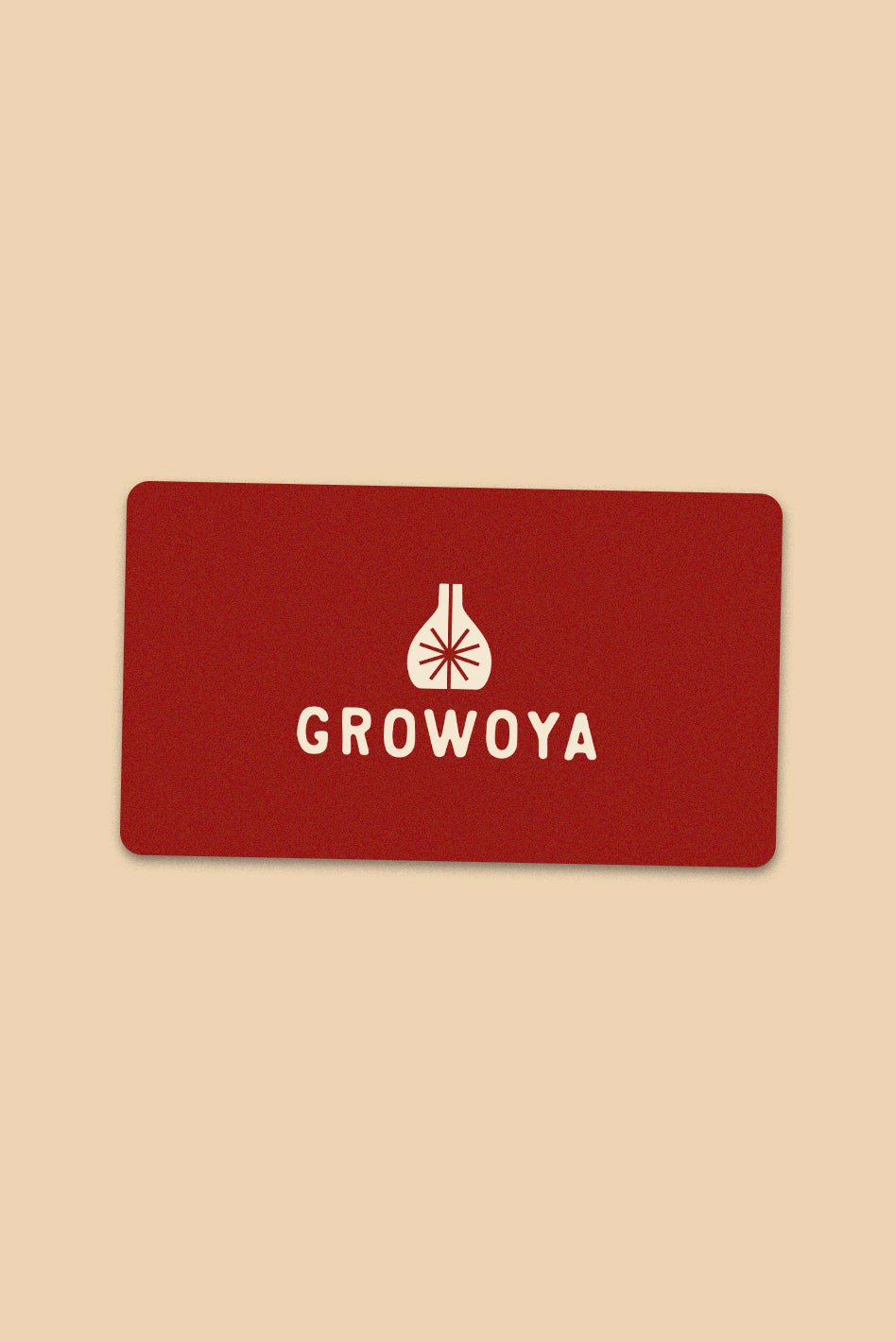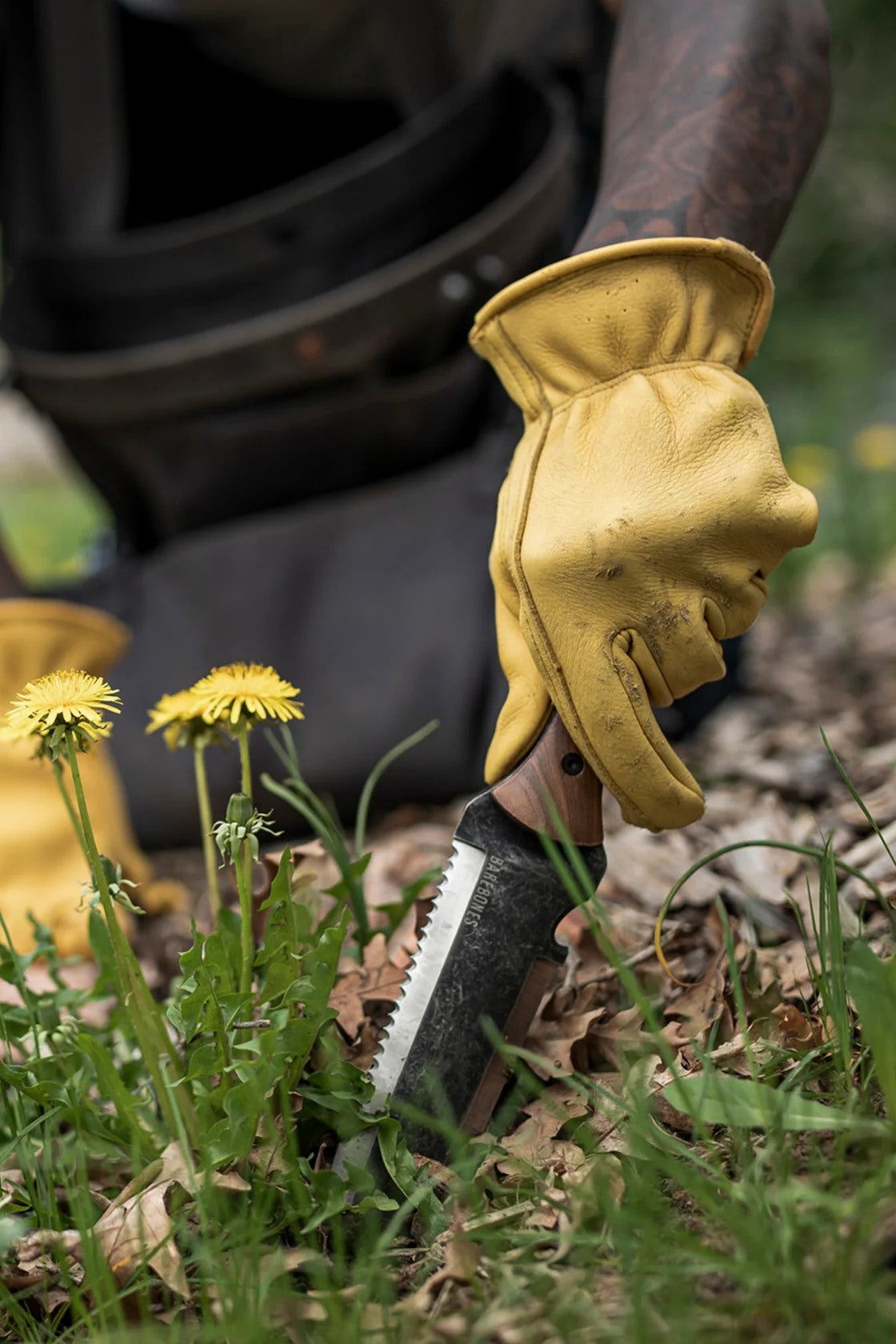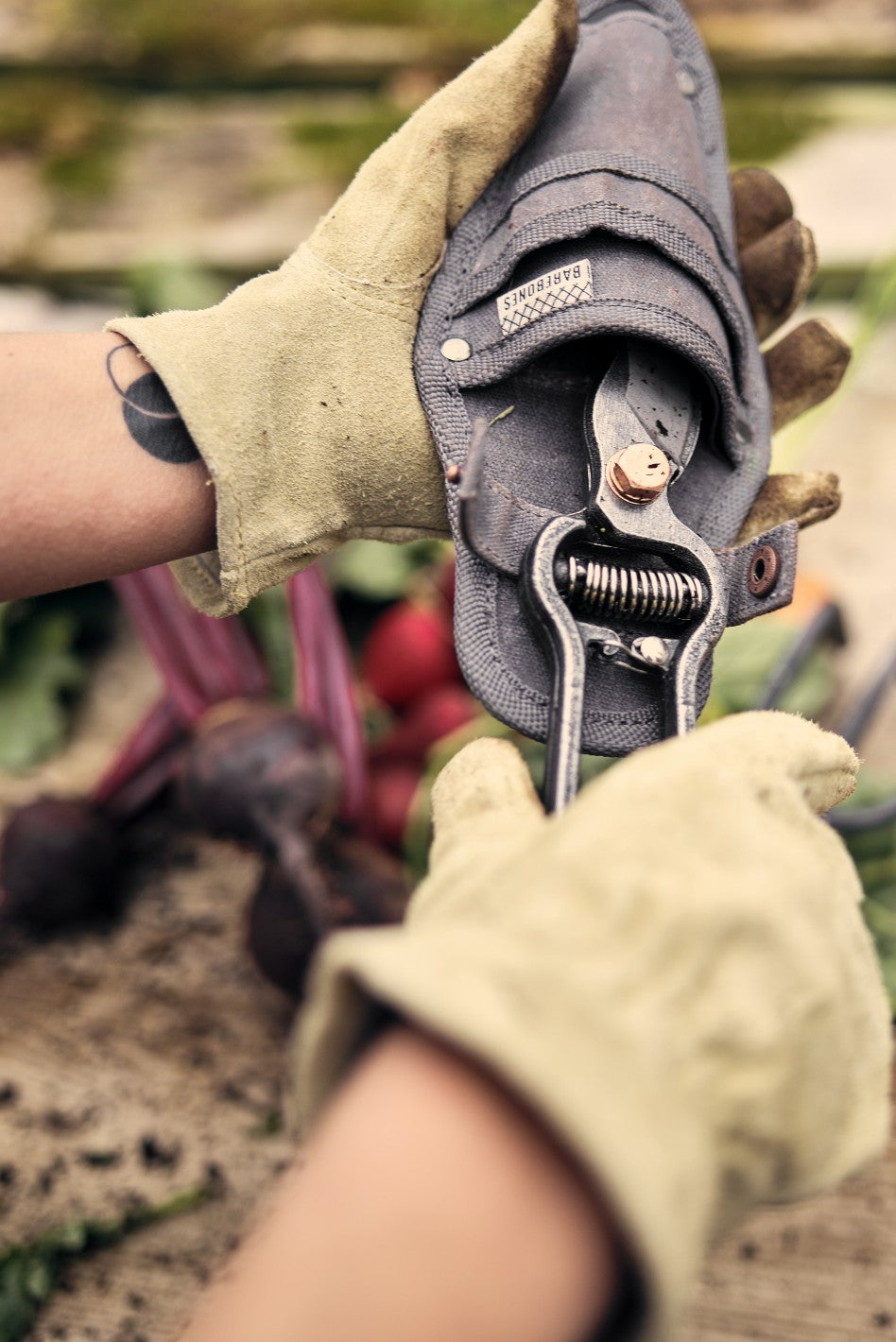Are you one of those people who love plants, but don't know how to conserve water when it comes to taking care of them? You're not alone! A lot of people have trouble balancing the need to save water and the desire to have beautiful plants in their homes. But don't worry, we're here to help! In this blog post, we'll share with you some simple ways that you can conserve water while taking care of your plants. At the end of this article, you will realize how easy it is to reduce the amounts of water you use and waste. Let’s get started!
Ways Plant Lovers Can Save Water at Home
There are many ways you can save gallons of water per day and be a conscientious home gardener. Keep your garden lush and your flowers blooming while saving water and doing your part in saving the environment.
1. Get an Irrigation System
One of the best ways to conserve water and take care of your plants is to get an effective irrigation system installed in your home. This will help you water plants exactly when they need it, and in just the right amount - no more, no less!
According to studies, a properly installed and maintained irrigation system can save you up to 50% water! That's huge! Not to mention, it will also help your plants stay healthy and look their best.
2. Water Your Plants in the Morning
Another great way to conserve water is to do it in the morning. This is because the temperature is cooler and the sun isn't as strong, so the water won't evaporate as quickly. Evaporation of moisture is high when the sun is bright and the weather is dry.
The average household can save up to 30% on water usage by watering their plants in the morning as opposed to the afternoon or evening. It is simple, you just need to set a schedule and a regular watering routine.
3. Collect Rainwater
Collect rainwater and use that instead of tap water. Not only is this better for the environment, but it's also free! Rainwater is clean water. All you need is a rain barrel or some other type of container to collect the rainwater in, and you're good to go!
Getting rain sensors is great so you won't miss a drop. Establishing a good water collection system is smart in the long run. Even as simple as putting your outdoor plants under the rain can save you gallons of water.
4. Use a Hose with a Shut-Off Nozzle
When watering your plants with a hose, be sure to use one with a shut-off nozzle. This way, you won't accidentally leave the water running and wastewater unnecessarily. Leaving the water running for a few seconds or a minute wastes so much water if you add that up in a year.
Also, check your hose regularly for water leaks and fix leaky faucets right away. Tiny leaks are hard to spot, but they can add up to your mounting water bill if you are not careful.
5. Mulch Your Plants
Mulching is another great way to conserve water and take care of your plants. Mulch helps keep moisture in the soil and prevents evaporation, so your plants will need less water overall. Aside from water retention, mulching also adds more nutrients to your soil and keeps it from being washed away when watering. Mulching controls weeds to reduce competition for water.
Put a layer of mulch around trees, large plants, native plants, and fast-growing bushes as they require more water. You can also bury food scraps and vegetable food waste into the soil to add nutrients and moisture to the soil. This will cut their water requirement up to 50%.
6. Group Your Plants Together
Grouping your plants together is an effective way to conserve water. You can water all of them at once and reduce the time and water you use overall.
Group plants according to their water requirements. For example, group those that require water once or twice a week and keep those that require less or more in a different batch. This will save you hundreds of gallons of water yearly.
7. Use a Soaker Hose
A soaker hose is a great tool to use in watering plants because it allows the water to seep directly into the soil instead of evaporating into the air. This is a good recommendation, especially for watering your lawn. You can set it, so the hose will release a certain amount of water per minute. You won't be wasting a drop of water with this system. This means that your plants will get more water. Now, that's water efficiency at its best!
8. Use Grey Water
Grey water is water that has already been used for something else, like the water you use for washing fruits and vegetables and leftover water. While fresh water is recommended, water waste is mostly safe, just make sure that the grey water you are using doesn't have soap or chemicals that can harm your plants. Soapy water may be okay if it is made from organic ingredients. Avoid water with food coloring and chlorine. Also, avoid black water like that from your toilet and other unsanitary sources. Here are some examples of greywater:
- rinse water
- bath water
- Cold shower water
- wash water
- cooking water
Have you noticed you always leave extra in your bottled water or pitcher of drinking water? Don't throw it out. Check for leftovers in your water bottle or cups of water lying around. You can also collect rinse water from your local commercial car washes and other establishments. By reusing extra water, you will significantly reduce your consumption of fresh water per day and see your water meter go down every month.
9. Don't Overwater
One of the most common mistakes gardeners make is overwatering. Constant watering can actually do more harm than good, so be sure to only water your plants when they truly need it. Overwatering can lead to the growth of fungus, root rots, bacterial growth, and weed growth,
As an avid gardener, you need to know your plants. That includes knowing how much moisture they require and when they need it. This will significantly reduce your consumption of water per day.
10. Use Self-Watering Pots
If you want to take your plant-care game up a notch and save gallons of water at the same time, then consider using self-watering pots like GrowOya. These nifty pots will reduce your water footprint because they have a built-in reservoir for plants’ roots to attach themselves to the outside of the vessel so they only take in what they need. This protects the plants against over or underwatering. This means that your plants will need less water, and you'll be able to reduce your water footprint and water bill!
GrowOYa is perfect for busy people or anyone who wants to save water at home. It's also great for plants that are sensitive to overwatering because you can control exactly how much water they receive. This is the ultimate water efficiency system for a small-time home gardener.
Type of Home Plants that Help Conserve Water
There are a number of different types of plants that don't require a lot of moisture to survive. Succulents, for example, are known for their ability to store water in their leaves, so they don't need to be watered as often. Cacti are another type of plant that is very drought-resistant and doesn't require much water. If you're looking for more ideas, here is a list of 10 drought-resistant plants that are perfect for the home.
- succulents
- cacti
- aloe vera
- Hostas
- Snake Plants
- Sedum
- Yarrow
- Lavender
- Rosemary
- Thyme
These plants will add color and beauty to your garden without using too much water.
How Much Water Can You Save at Home with GrowOya?
GrowOYa can help you to save water in many ways. The pot’s reservoir allows plants’ roots to attach themselves to the outside of the vessel so they only take in what they need. This protects the plants against over or underwatering, and they absorb water more efficiently. This means that your plants will need less water. You also don't need to worry about watering your plants every day. Just check the reservoir periodically to make sure it has enough water, and you're all set!
GroOya pots are known to use at least 70% less compared to a sprinkler system. Your actual savings will depend on several factors, such as how often you use the GrowOya and how many plants you have. So why not give it a try and see how much you can save? Your wallet and your plants will thank you!
Conclusion
Water is a precious resource, and it's important that we do our part to conserve it. We hope you found these tips helpful and will start using them in your home. These tips will reduce your carbon footprint and save you time from too much watering so you have more time to enjoy your garden and other activities. Remember, even small changes can make a big difference when it comes to water conservation. We can save thousands of gallons, if not billions of gallons, each year if we all pitch in. So do your part and help save water!
